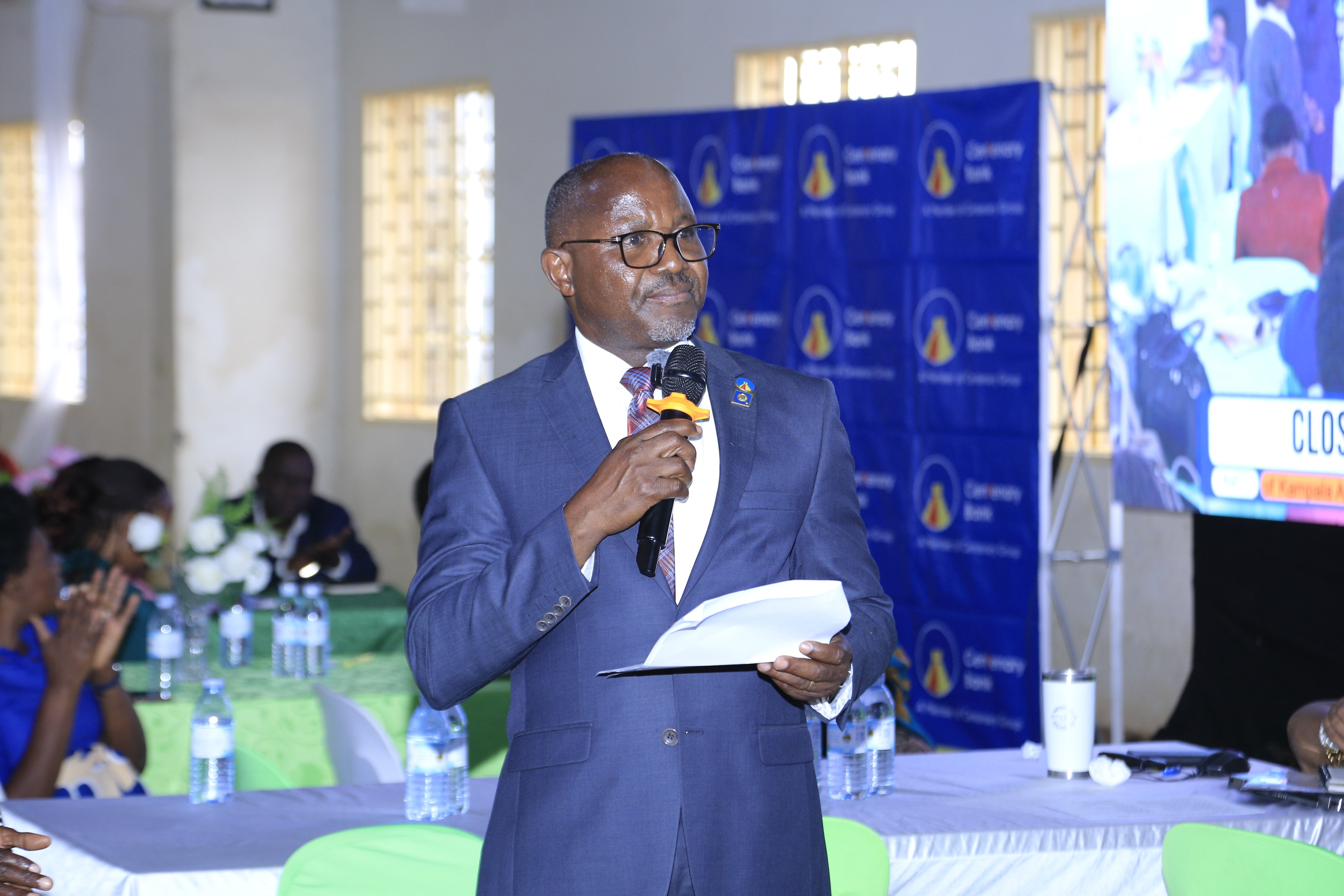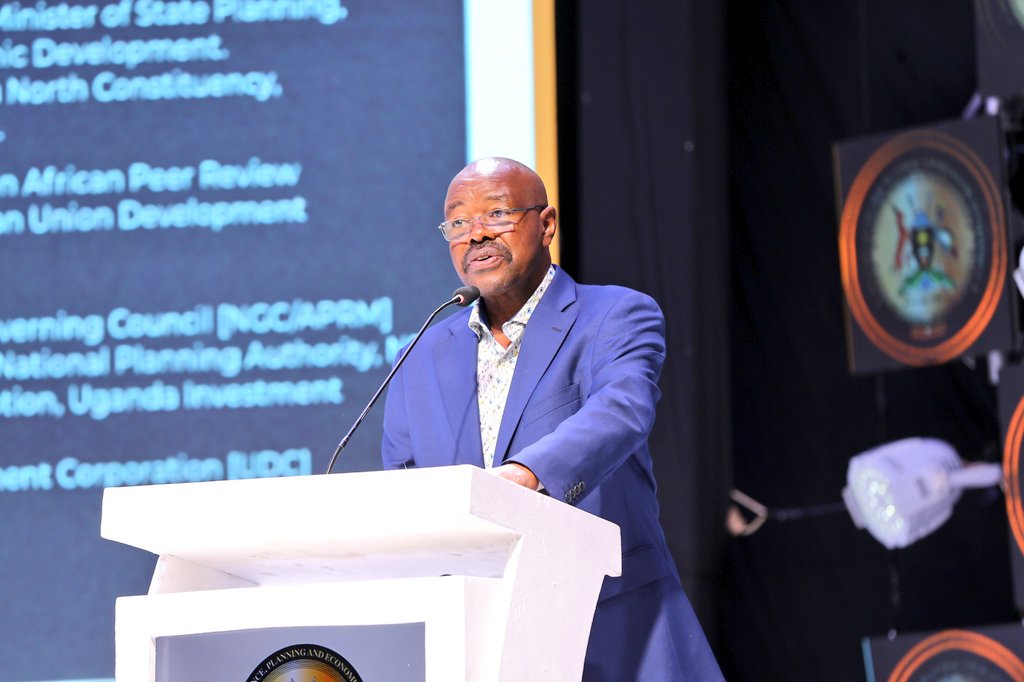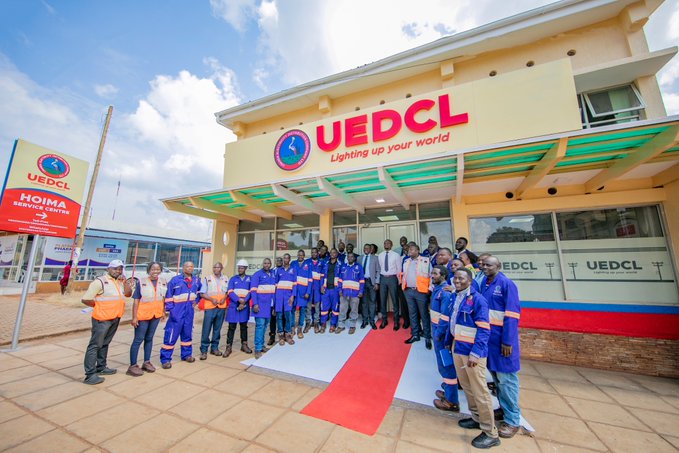Why there is need to uncover robust solutions for tackling Uganda’s widespread flooding

By Olive Atuhaire
The media reported that at least 85 families in two villages in Galilaaya Sub-county, Kayunga District are stranded as rising water levels on Lake Kyoga continue to submerge roads and other social infrastructure in the area, which is absurd.
In addition, it was reported that Burundi was also heavily affected by floods, where around 96,000 people were displaced by relentless rains. More so, about 45 people were also reported to have been killed in Kenya since the start of the rainy season in March 2024 in the capital, Nairobi.
In the same vein, Uganda is also currently struggling with increasing environmental disasters of flash floods, especially in parts of Kasese, Mbale, and many other parts of the country. This problem was thought to be a reserve of areas of Bwaise and Kalerwe places because of the Lubigi swamp that was encroached with human settlements hence causing floods that have put people’s lives at stake. The effects of floods are now reaching far across the suburbs of Kampala city.
According to the recent World Food Program (WFP) in-depth analysis report, it revealed that more than 52 million people in East Africa are facing a food insecurity crisis in eastern Africa, exacerbated by a combination of drought and devastating floods. This is contributed by the climate change effects that lead to changes in weather partners, poverty, conflicts, and others.
This explains why human activities such as deforestation, sand mining, poor garbage disposal, bush burning, improper agricultural practices, Construction of settlements in flood plains, and urbanization have threatened natural resource conservation such as wetlands that have led to the worsening flooding cases across the country. The government should embrace all potential forms of solutions to attend to this issue of flooding as soon as possible.
There is a need to enforce strict regulations on land use to prevent destructive activities that are undertaken in flood-prone areas. The government should also implement urban planning strategies that prioritize green spaces, permeable surfaces, and retention ponds to mitigate runoff as well as launching public awareness campaigns to educate residents about the causes and consequences of flash floods. Encourage community participation in flood prevention efforts and teach basic flood preparedness measures.
There is also a need to increase green cover through afforestation programs and the establishment of green belts. Trees and vegetation help absorb rainwater, reduce runoff, and stabilize soil, thereby mitigating the risk of flash floods. Recognize the role of climate change in exacerbating extreme weather events like heavy rainfall and flash floods.
Finally, the government should also develop long-term adaptation strategies that prioritize resilience and sustainability in urban development. Enforce existing environmental regulations and implement stricter measures to deter activities that contribute to flooding, such as illegal dumping and encroachment on wetlands and waterways. By implementing a combination of these measures, the government can work towards reducing the frequency and severity of flash floods while enhancing the city’s resilience to climate-related risks.
The writer; Olive Atuhaire is a climate change activist at AFIEGO







